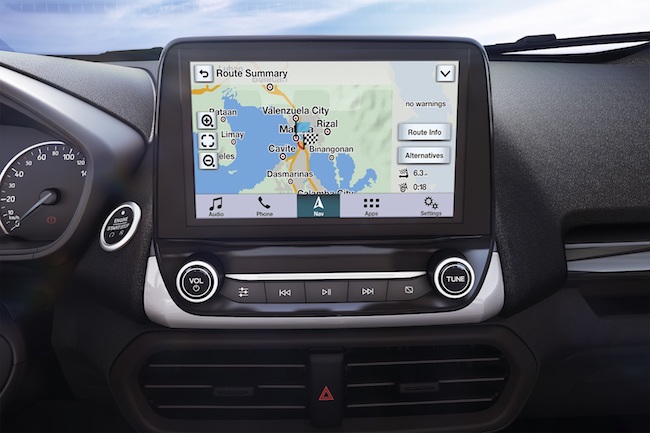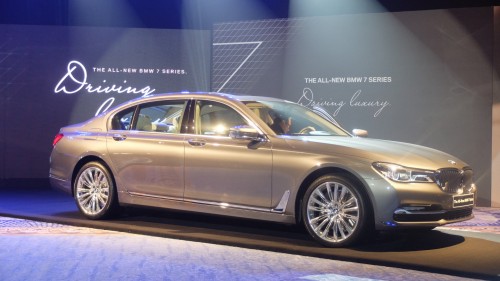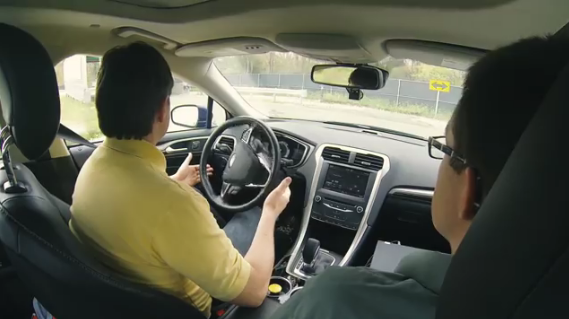In 2018, 420 million automobiles will be connected; representing a 57% CAGR on the 45 million connected vehicles in 2013, according to IDATE.
In its latest report, IDATE analyses the connected car strategies of manufacturers, mobile carriers and application providers. The study provides the main drivers and barriers for connected car market take-off. It describes the connected car ecosystem, in terms of applications, implementation techniques and also related business models.
A ‘connected car’ is one equipped with access to the Internet (the network of networks) whereby it can communicate with the outside world. This allows the car to share Internet access to other devices both inside and outside around the vehicle.
“The strategy of most manufacturers is to make their cars connected,” says Samuel Ropert, Project Leader of this report. “The main driver here is based on the regulation related to safety issues in Europe and the underlying revenue opportunity for them. In the USA, the recent GM announcement to embed 4G modules in all new cars is seen as a key trigger for market take-off.”
Three main technical solutions exist. The embedded module system (in the car itself) is the most technically advantageous system as it has a dedicated system for connected services. The next option consists of the use of the smartphone for connectivity tethering, with the technical limitation (use of the miniature antenna). The last model is a combination of the first two other models (use of embedded system for telematics and smartphone tethering for entertainment (mobile Internet-like services). Ultimately, it is an opportunity for a fundamental shift from a largely capex model to a more opex-oriented one, even potentially shifting the focus of manufacturers’ core businesses to embrace a new focus on car-based products and services.
For telcos, the revenue opportunity could be interesting as the connected car will generate traffic that telco will charge indirectly (through the automobile manufacturer). All main M2M mobile carriers are involved in the connected car space, as the connected car represents one of the major markets in volume. In a context where their traditional mobile revenues are flat and even declining in some regions, providing mobile connectivity in cars is a key business opportunity for telcos. Beyond car-related applications in driver assistance, from the perspective of a telco, the car can be seen as an additional cellular device, with a potential high-consumption service profile with such usage as the mobile Internet, entertainment on demand and mobile hotspot features.
The prime business model remains the traditional wholesale relationship (B2B2C), even though AT&T unveiled a retail data plan for Audi A3 in early March and AT&T is expected to announce a new version of its share plan by the summer 2014 which includes the connected car.
For Internet players, the strategy here is clear: the automobile is an additional connected device just as smartphones, tablets and laptops and needs to be addressed. However, Apple and Google do not have really the same approach. Indeed, whereas Apple aims to introduce its technology to interface with its products, Google is promoting the embedment of its technology into the car as a regular device. Google also wants to collect data to provide the most accurate advertising as possible, such as a related point-of-interest, based mainly on location.
On the market side, according to IDATE, in 2018, 420 million automobiles will be connected; representing a 57% CAGR on the 45 million connected vehicles in 2013. Nevertheless, this growth is not homogeneous for each category of connected cars. The embedded systems will lead the market with 222 million units by 2018.
In 2018, the connectivity revenue for connected cars will exceed 8 billion EUR. This encompasses direct connectivity through embedded systems but also the indirect revenue related to smartphone usage. The major issues to be raised here are on the real willingness of the user to pay for such services. To encourage users to subscribe, telcos and manufacturers are already contemplating different revenue models including share plans. All the same, adoption is likely to remain limited over the next five years.








































































































